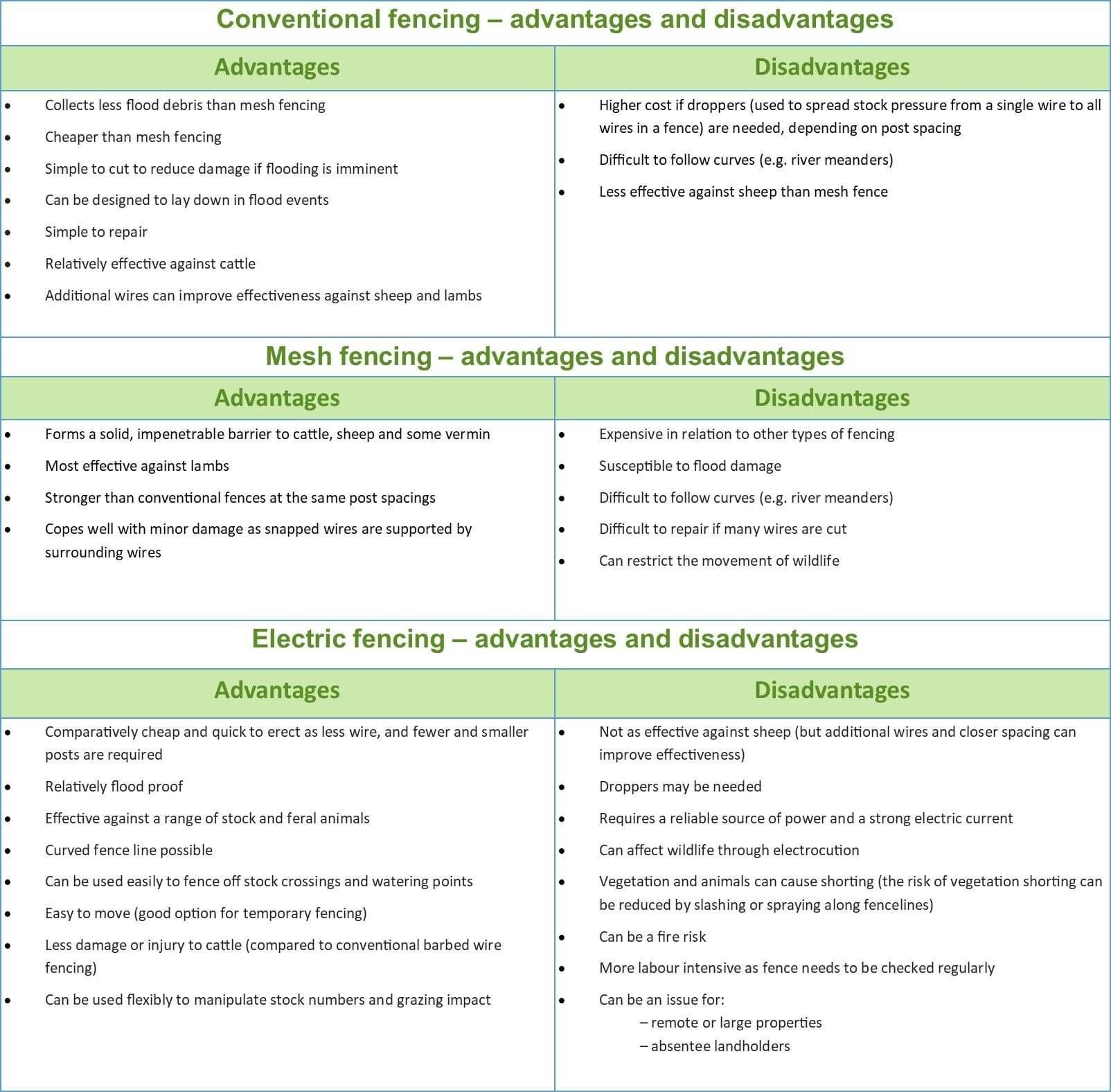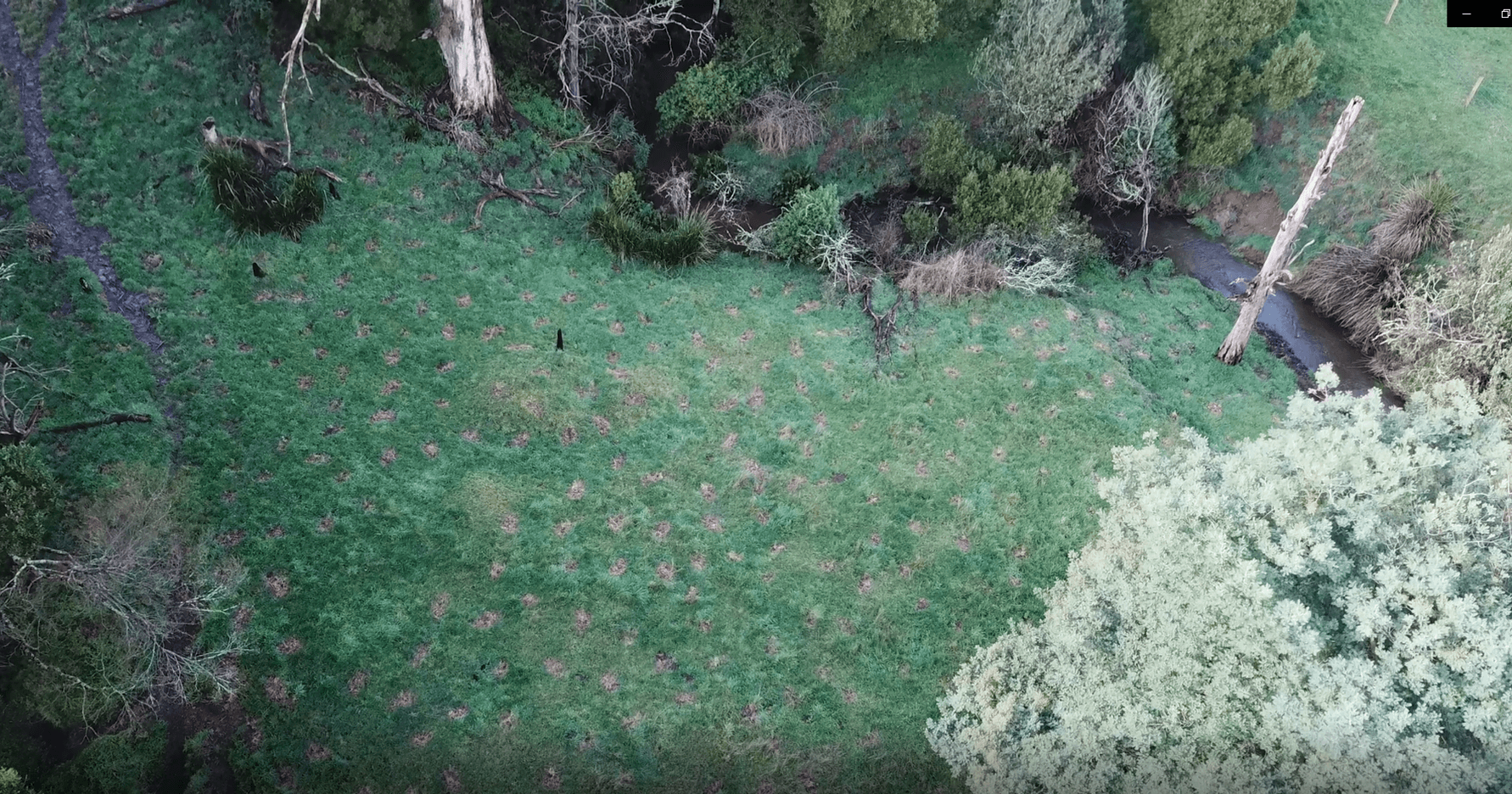Fencing
Ideally complete all fencing before planting. Stock, wildlife and pest animals can decimated all your hard work very quickly. If you are direct seeding, it is sometimes better to fence after you prepare the site, as it makes machinery access easier.
The most common types of stock exclusion fencing are:
- conventional fencing, i.e. standard post and wire fencing, typical on many rural properties
- mesh fencing, i.e. prefabricated wire fencing often used for sheep (e.g. ring-lock, hinge joint) electric fencing (often added to conventional fencing to enhance livestock control).
Each fencing type has advantages and disadvantages. Choosing the type most appropriate to a particular project site will depend on several factors, in particular:
- the type of stock to be excluded
- the risk of damage, e.g. from flooding
- site topography, e.g. river meanders
- cost
Shamelessly lifted from the DELWP Output Delivery Standards For the delivery of environmental activities which can be found here

Getting rid of weeds in the project area
In an ideal world, you would already have all the weeds on your farm under control. However. There are a number of techniques to help you manage the weeds in your revegetation area in the months before you plant or direct seed.
Crash grazing
Crash grazing is utilising a larger mob of stock for a short period of time to reduce grass loads and make spraying and access easier. Crash graze sites early, to give enough time for weeds and grass to regrow and be suitable for any spraying that may be required. If you are planting into remnant areas crash grazing can still be used to reduce the grass and weed burden beneath trees, but it needs careful management.
Weed spraying and other control methods
Check out our weed control page for info about when and how to tackle agricultural weeds.
Ripping, ploughing or scalping
Ripping shatters soils and creates spaces for plant roots to get established. Many sites are not accessible by tractor and implements but if you can it is worth considering.
Ripping, ploughing or scalping is fundamental to direct seeding but it is also a help when planting and guarding tubestock. Ripping must be done when sites are dry. Consider more natural looking wavy and crossing rip lines, particularly in remnant areas where you are doing enhancement planting. Always rip across contours.
Spot spraying for planting tubestock
Spot spray 0.5m circles for trees 20-30m apart and 3-4m circles for clumps of shrubs. You can also spot spray 0.5m circles a good pace apart for understory plants. If you have rip lines, spray along rip lines in a strip 1m wide.
Image below shows spots sprayed for planting.


